
An introduction to Cumbria
What is Cumbria?
Cumbria is the UK’s third largest county in terms of area. Cumbria is home to the Lake District National Park, three Areas Of Outstanding Natural Beauty and two UNESCO World Heritage sites.

Where is Cumbria?
Cumbria is located in the north west of England. At the north end you’ll find the border with Scotland. On the east our neighbours are Durham and North Yorkshire whilst the south borders Lancashire.
What is the difference between the Lake District and Cumbria?
The Lake District is a national park and lies fully within the county of Cumbria.
How can I get to Cumbria?
The M6 motorway runs through the county. Take junction 36 for the central Lake District, Morecambe Bay and Yorkshire Dales. Junction 40 for the Eden Valley and Western Lake District and Junction 43 for Carlisle and Hadrian’s Wall.
If you are coming by train, Avanti West Coast services are direct from London and Scotland with stops at Oxenholme: The Lake District, Penrith: The North Lakes and Carlisle. Trans-Pennine Express operate from Manchester and Liverpool to Cumbria. Northern rail services operate along Morecambe Bay, the Cumbrian Coast and into the central Lake District at Windermere. England’s most scenic railway line, the Settle and Carlisle route, passes through the county and is well worth a trip.
You can fly to Cumbria. Manchester, Liverpool, Newcastle and Glasgow airports are around a two hour drive or train journey away. You can find lots more information about travelling to Cumbria here and getting around Cumbria here.
What is Cumbria famous for?
Cumbria was formed in 1973 and amalgamated the counties of Westmorland, Cumberland and parts of Lancashire.
The area is synonymous historically for being the centre of the spice trade in the UK. As a result, a number of spiced foods became local delicacies such as Cumberland Sausage and Grasmere gingerbread. The delicious dessert Sticky Toffee Pudding originated from Cumbria and is still produced here. Exactly where in the county it originated is open to debate as both Cartmel and Sharrow Bay lay claim. Read more about famous local Cumbrian foods here.
Cumbria is also famous for the arts, culture and literature. One of England’s finest and best-known poets, William Wordsworth, created his best work here. The places he lived remain exactly as they were in Wordsworth’s time and are well worth a visit.
Renowned children’s author Beatrix Potter made the county her home. From her cottage in Far Sawrey she created Peter Rabbit, Mrs Tiggywinkle and all the beloved characters we grew up with. She left her estate to the National Trust in her will and today visitors from all over the world come to see her idyllic cottage and garden.
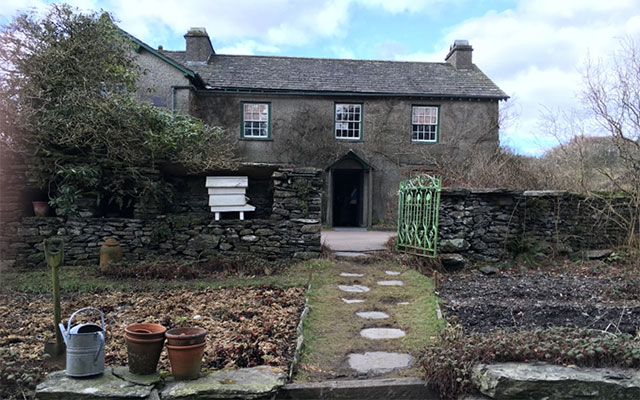
Cumbria borders Scotland and for 900 years the historic Carlisle Castle has protected this border.
Just outside Carlisle you will find Hadrian’s Wall. Built by the Romans in AD 122, the wall stretches almost 80 miles. Over the course of a few days you can walk or cycle the entire route. Find out more about Carlisle and Hadrian's Wall here.
125 years ago Canon Rawnsley who lived and worked in Cumbria, was one of three people (along with Robert Hunter and Octavia Hill) who formed the National Trust to protect historic buildings and precious landscapes, including huge parts of the Lake District.
Areas of Cumbria:
Cumbria is the third largest county in the UK and is organised into 6 distinct districts:
Morecambe Bay
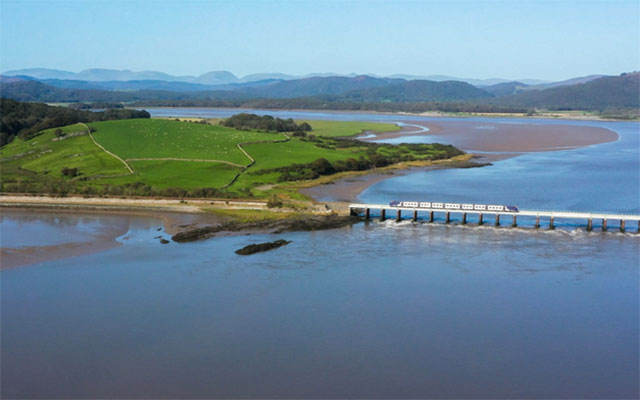
Whichever part of Cumbria you are in, stunning scenery is a given. Morecambe Bay is hugged by the celebrated Lake District peaks. Sea views are a must-see delight. When the tide goes out, you’ll find miles of sands, cockle beds and wading birds, even seals!
Walking the sands is a unique experience into a wilderness alive with nature. You must follow your official guide, a role so important, they were appointed by the Queen!
Climb Hoad Hill in Ulverston and see the whole of Morecambe Bay stretching out before you. Cyclists are recommended to take a few days to see it close-up along the 81 mile Bay Cycleway.
The charming village of Cartmel, with its 12th Century priory, horse racing and famous Sticky Toffee Pudding is a must visit. Or slow down the pace and take a promenade stroll in the Edwardian seaside resorts of Arnside and Grange-over-Sands.
Such is the delight of Morecambe Bay, Arnside and Silverdale have been declared an Area Of Outstanding Natural Beauty.
The Lake District
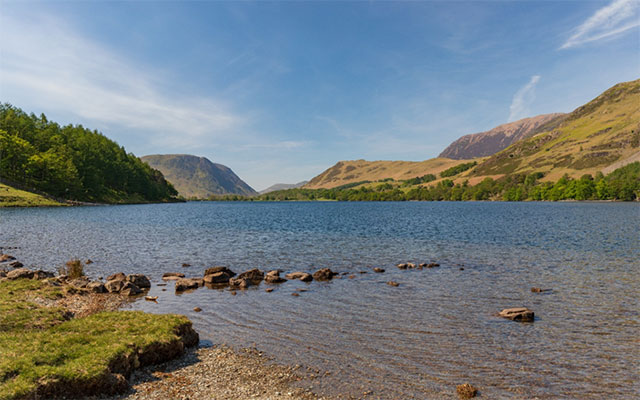
One of the most beautiful places on earth, The Lake District is a UNESCO World Heritage Site. We proudly boast England’s highest mountain - Scafell Pike and longest lake - Windermere. Simply come and appreciate the scenery. You can find out more about Cumbrian lakes here of and Cumbria's mountains here.
However, if you are looking for a more active holiday, this is also the place for you. Whatever you had in mind you can do it here. Climb, hike, scramble, run, sail, swim, paddleboard, canoe, cycle, horse ride we are one giant, beautiful adventure playground.
If you are seeking a little inspiration come and experience the landscape that has for centuries inspired poets, painters and wordsmiths to create masterpieces.
You can set the pace for your holiday in the Lake District. If complete relaxation is what’s needed then jump off the treadmill, embrace the tranquillity and take in that pure mountain air.
Western Lake District and Coast
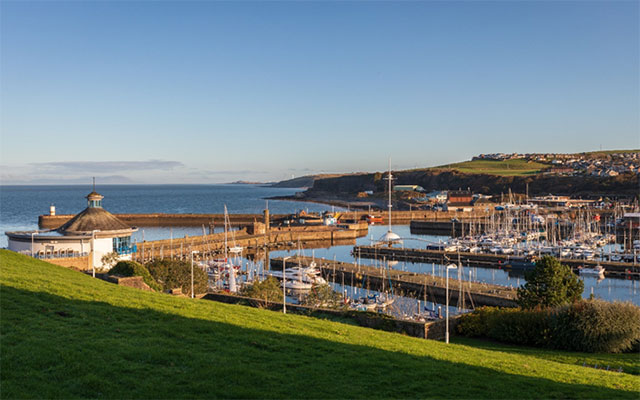
Everyone knows about the Lake District’s mountains, fells, lakes meres and tarns. But did you know that we have over 100 miles of dramatic coastline?
Come and see sandstone cliffs, historic harbours and learn fascinating tales. Legends tell of smuggling, the spice trade and Iron Age forts.
If lounging on a beach is an essential part of your holiday experience, then the views from St Bees Head will captivate and inspire you.
Where the Lakes meets the Dales
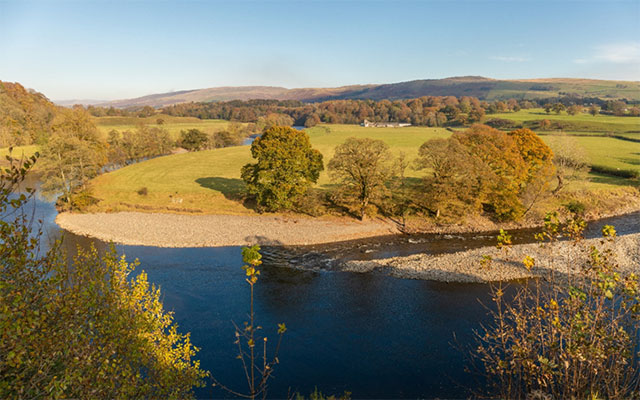
The Lake District National Park falls entirely in Cumbria. We are also home to part of the Yorkshire Dales National Park too. Spectacular, unspoilt scenery is dominated by rolling hills and valley views which are ideal for hilltop walks. The area is home to the idyllic market town of Kirkby Lonsdale. It’s like stepping back in history and finding yourself in times gone by; stood in the cobbled market square with its traditional shop fronts and stone buildings or the nearby 14th century Devil’s Bridge.
The village of Dent with its delightful cobbled streets, boasts the highest railway station in England. You’ll find several charming market towns including the historic town of Sedbergh, known as England’s book town.
Nestled between the two national parks lies Kendal - no ordinary market town. Full of historic character, Kendal hosts a web of interweaving alleyways and cobbled yards. Whilst the ruins of the medieval Kendal Castle offer great views over the town.
Eden Valley
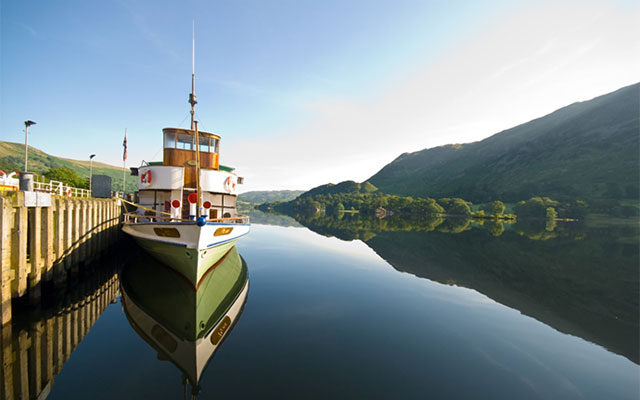
The Eden Valley and North Pennines is an impossibly beautiful corner of England. But don’t just take our word for it. The North Pennines has been designated both a UNESCO Global Geopark and an Area of Outstanding Natural Beauty, meaning the geology of this extra special place is of international significance.
There is no more a tranquil feeling than floating on Ullswater, under the watchful eye of Helvellyn that dominates the skyline. Alternatively viewing the expanse of this stunning lake is the reward for scaling one of our most challenging peaks.
Speaking of heights, the area is home to England’s highest market town - Alston is well worth a visit with its quant cobbled streets. The Eden Valley is also home to some of the darkest skies in the country - perfect to gaze at the heavens.
Carlisle and Hadrian’s Wall
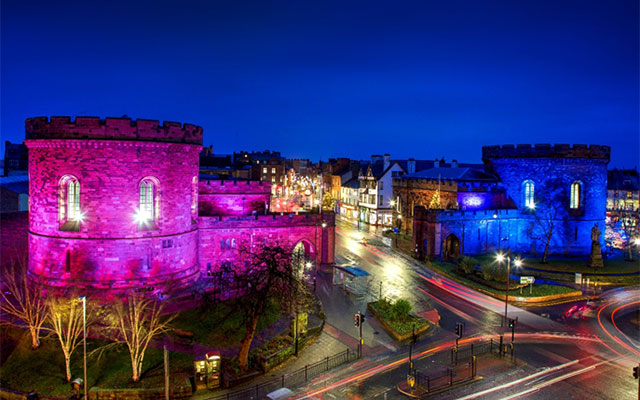
Carlisle proudly boasts more than 2000 years of history yet is modern and vibrant and the perfect location for a city break. You will be greeted by the magnificent cathedral and an imposing castle which has protected the border with Scotland for more than 900 years. For shoppers, major high street names sit alongside independent shops and family businesses that have been trading for generations. There is also a bustling café and bar scene and vibrant nightlife with something to suit every taste.
Just a stone’s throw away is Hadrian’s Wall, a UNESCO World Heritage site dating back to 122AD. You can explore the area’s fascinating history by riding along the Hadrian’s Wall cycleway taking in Roman forts, quaint villages and the dramatic coastline.
Officially designated an Area of Outstanding Natural Beauty, the Solway Coast is not only a rich habitat for wildlife, it is also one of England’s most beautiful stretches of coastline. This undiscovered haven of tranquillity is just a hop, skip and jump from the bustling city.
How many lakes in the Lake District?
Well, officially we only have one lake in the Lake District - Bassenthwaite. That’s because all the others are named waters, tarns or meres. In total Cumbria has 92 bodies of water. The largest is Windermere. In fact, it is the largest in England at 14.8 square kilometres. The deepest is wastewater at 74 metres.
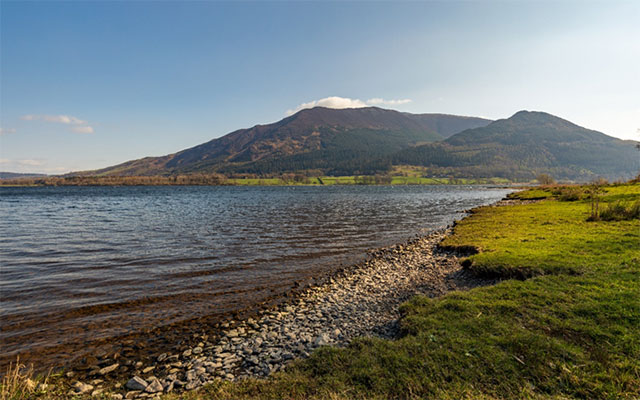
What is the highest mountain in the Lake District?
Scafell Pike at 978 metres is not only the highest in Cumbria but also the tallest in England.
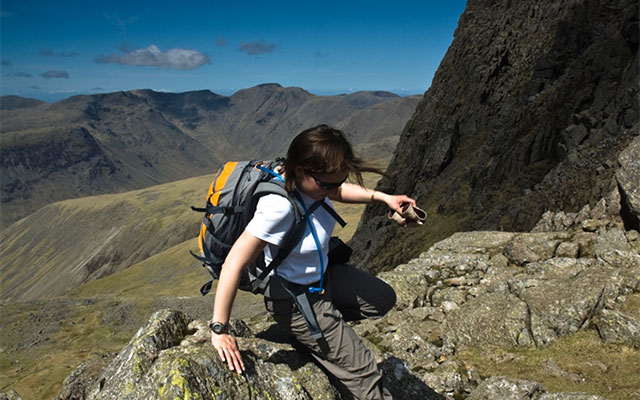
Link nội dung: https://dhthaibinhduong.edu.vn/cumbria-a42175.html